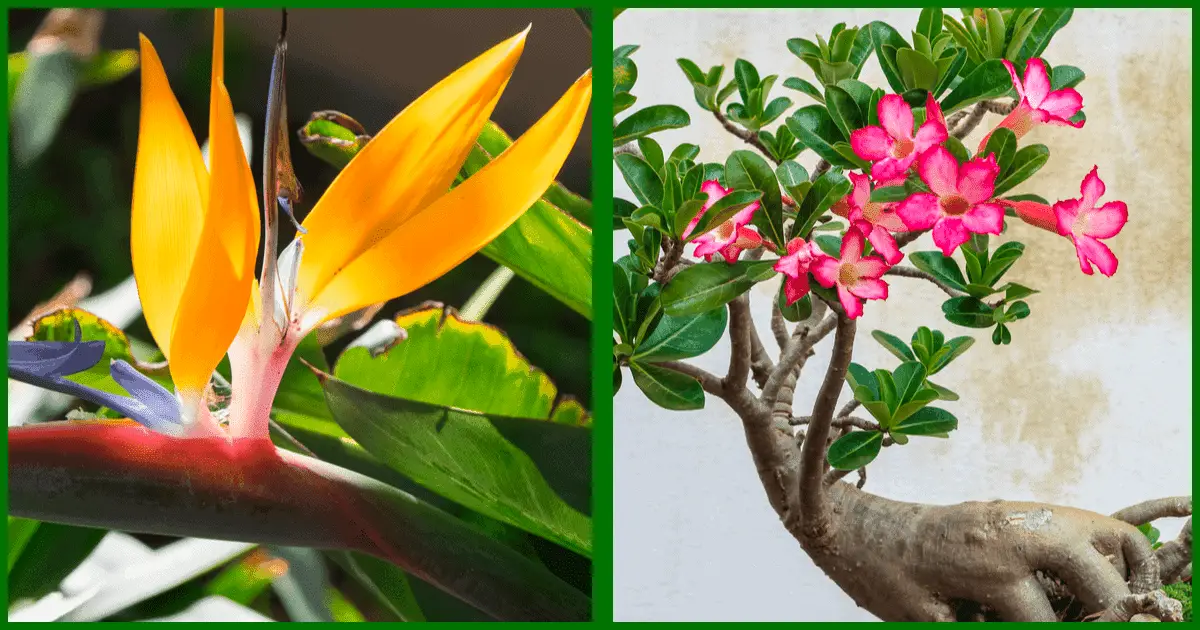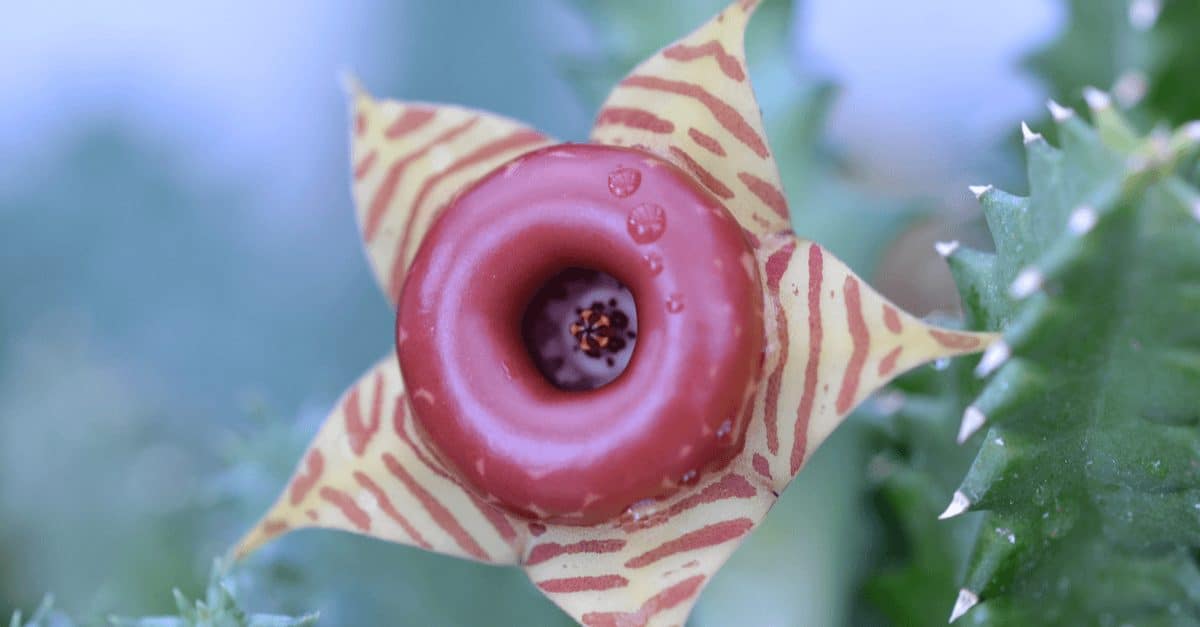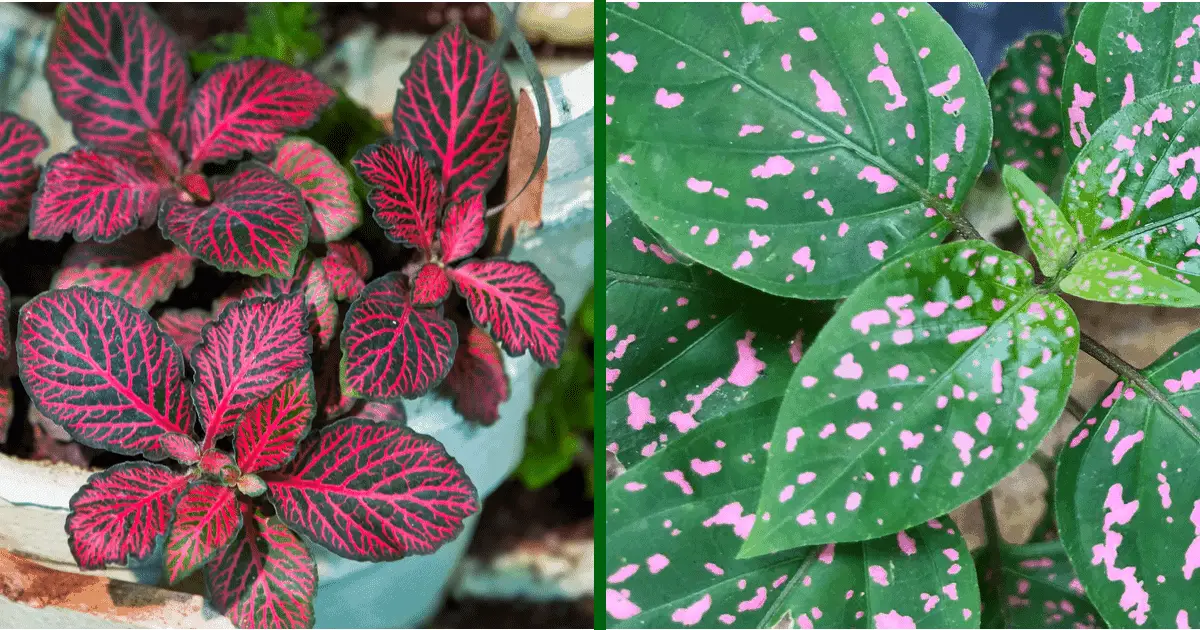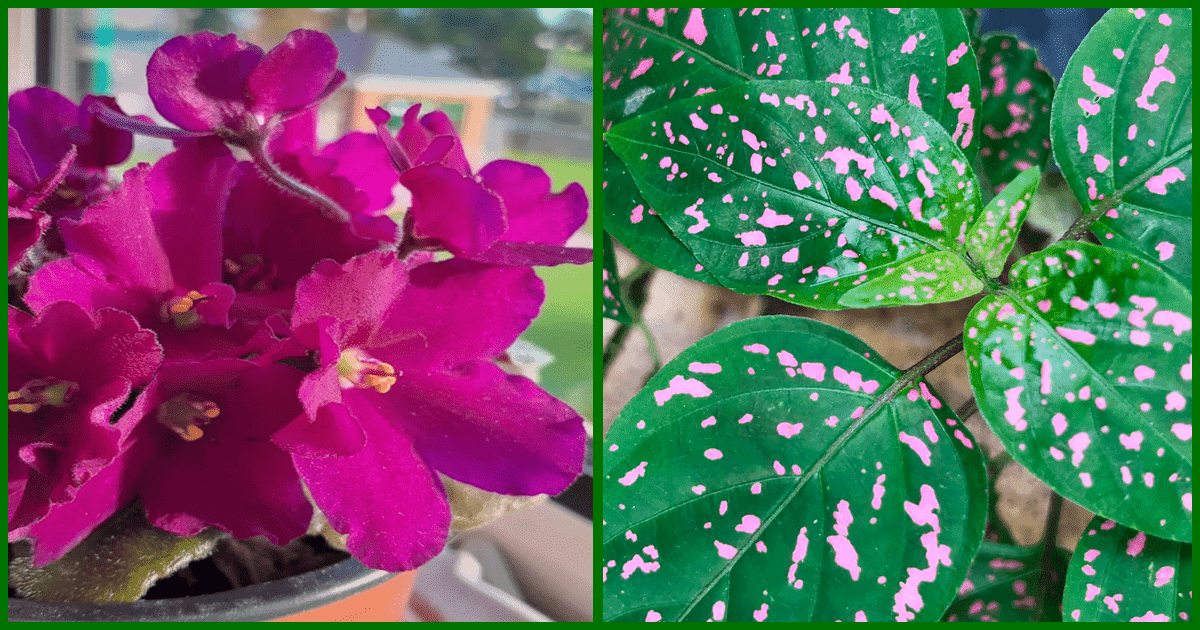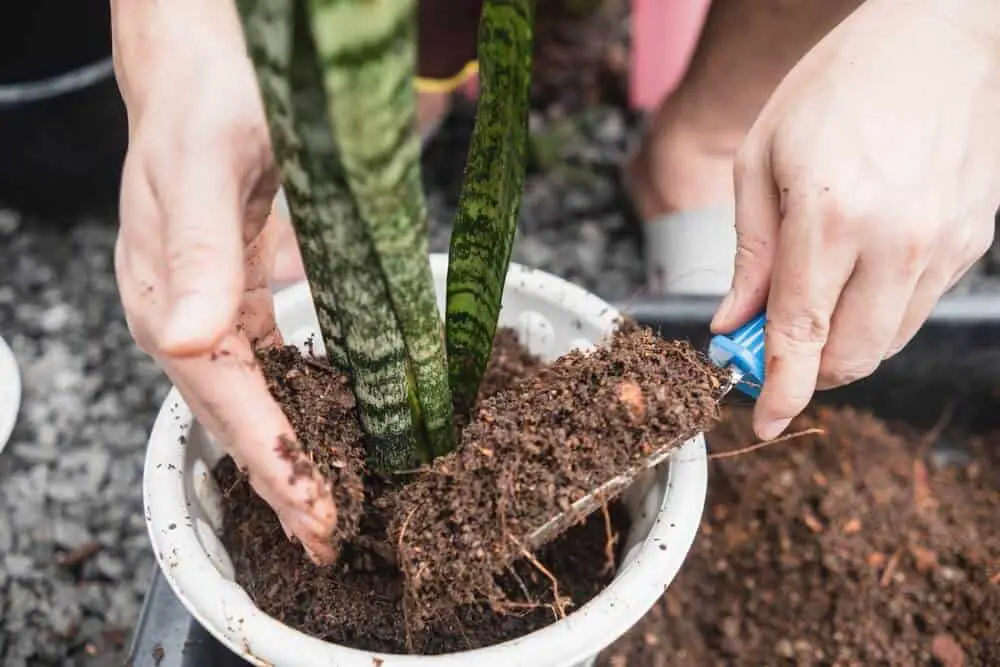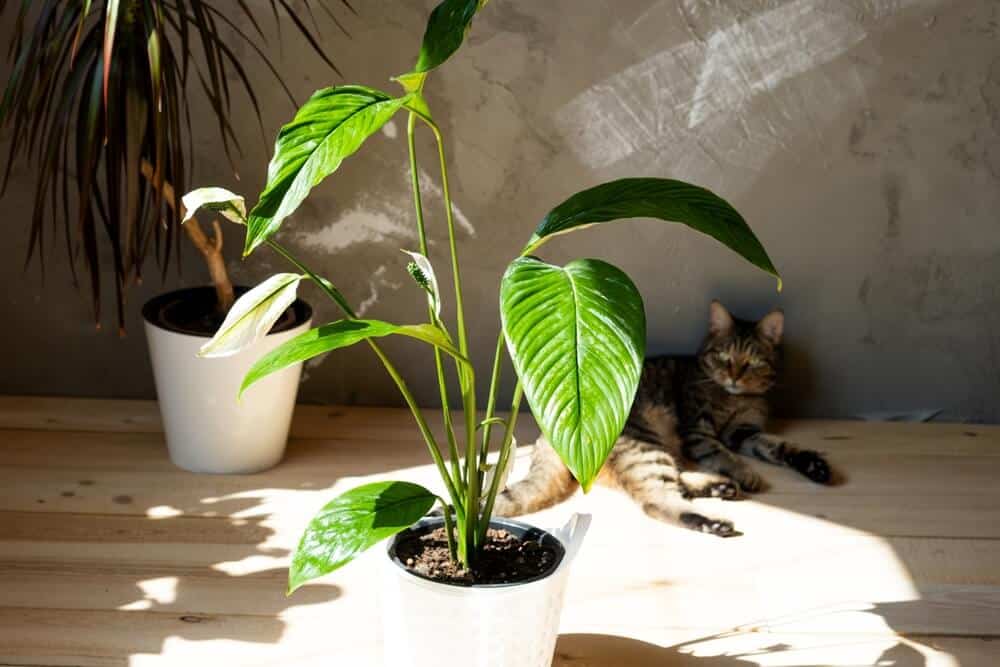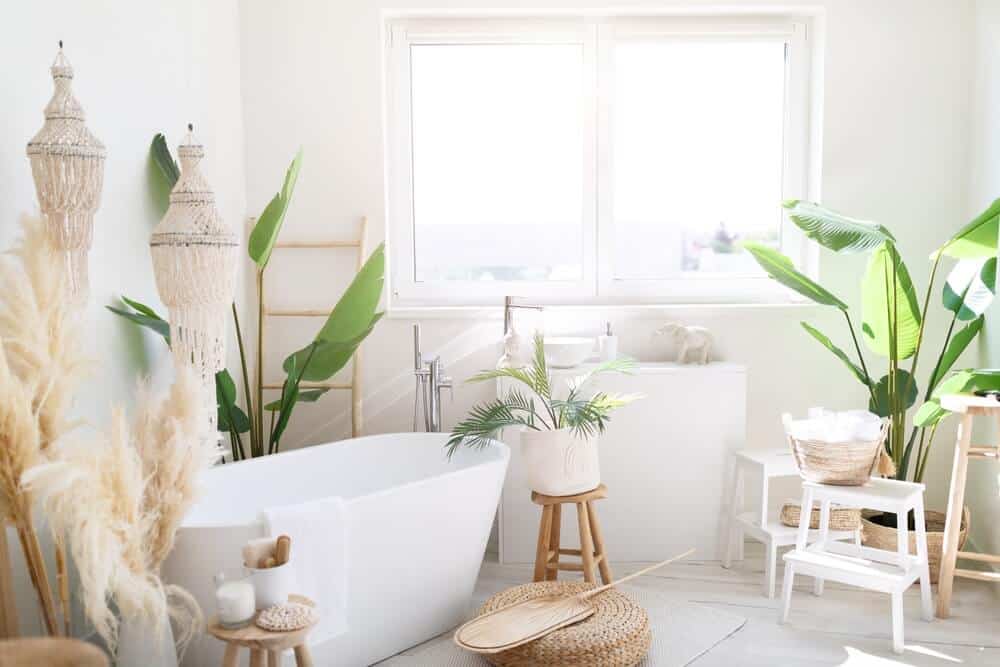As a plant parent, finding the perfect spot for your houseplants is one of the biggest struggles.
Most indoor plants come from tropical regions where they grow under a canopy of tree leaves that constantly filters sunlight. Thus, most indoor plants love bright spots but hate basking in the sun.
There are ways to transform a bright, sunny room with pretty planters, though. Pick one (or more!) of these perfect houseplants that like direct sunlight.
1. Molded Wax Agave
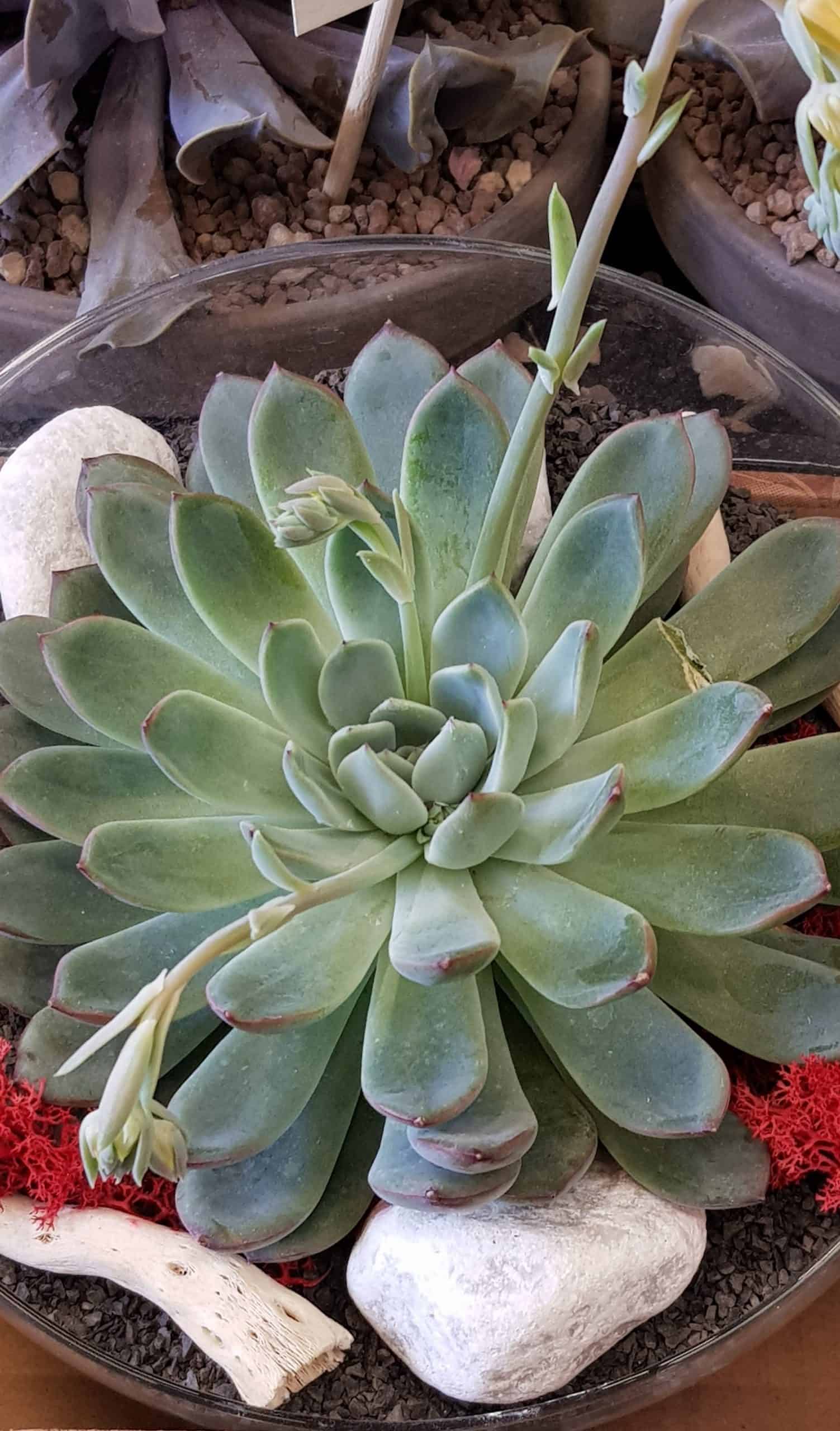
The molded wax agave is one of the trendiest succulents around.
Known for its gorgeous rosette shape and waxy green leaves with purplish tips, echeveria agavoides creates stunning geometric patterns and looks fabulous in ceramic planters.
Native to rocky areas of Mexico, this succulent thrives in arid environments and loves the direct sun. The only thing it doesn’t like is excessive moisture.
Plant it in well-draining succulent or cacti soil and avoid overwatering. You should also keep the room humidity levels low, using a dehumidifier if needed.
Top tip: In addition to the molded wax agave, there are numerous echeveria varieties you can choose from. You can create a unique composition by planting several echeveria varieties in a larger pot.
2. Snake Plant
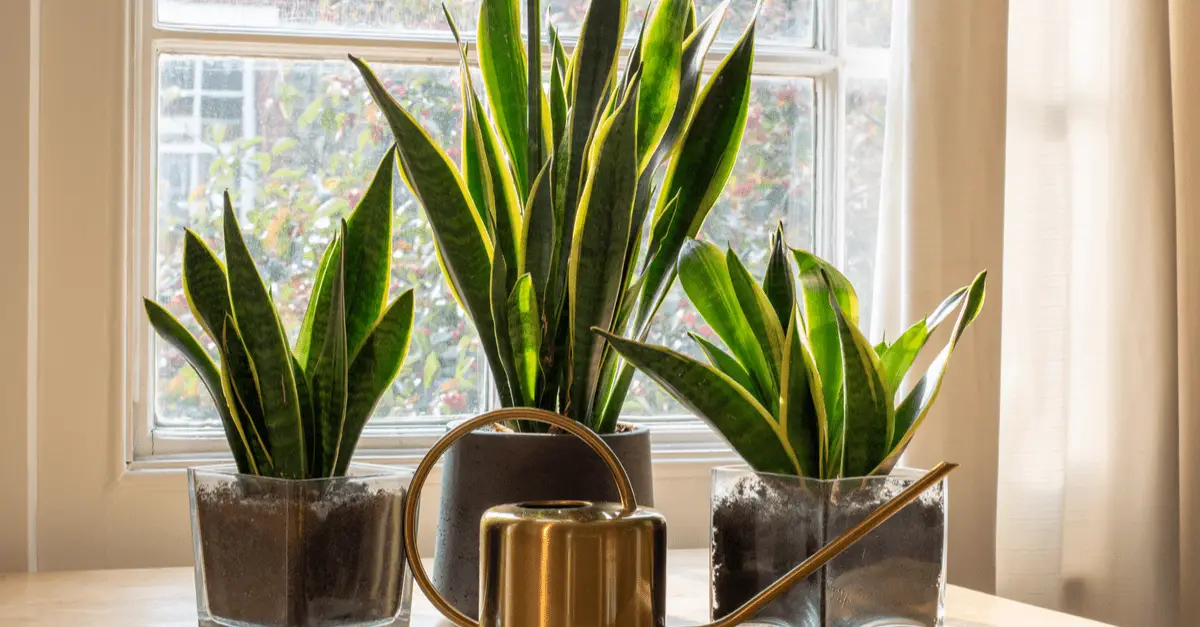
Also known as mother-in-law’s tongue, the snake plant is a popular houseplant that thrives in sunny windows and needs minimal care. You can even forget about it for weeks on end.
Native to tropical Africa, it gets its name from the attractive, lance-shaped leaves. It rarely blooms indoors, but the green and yellow patterns on the leaves are decorative on their own.
Like echeveria, the snake plant needs little water and lots of light – but it may not like the hot noon sun. The best place for it is an east- or west-facing window.
Top tip: Snake plants love sunlight, but they are very tolerant and can adapt to many environments, including low-light locations.
3. Aloe Vera

Aloe vera is one of the best full sun window plants to have in your home. More than a beautiful succulent, it is an important addition to your first-aid arsenal and the main ingredient in many homemade beauty concoctions.
With its juicy leaves, aloe vera integrates perfectly in minimalist interior designs. Keep it in a terracotta pot in well-draining soil with a slightly alkaline pH (7.0 to 8.5).
Like most succulents, aloe vera tolerates drought but doesn’t like excessive moisture. Place it on a south-facing windowsill, and don’t overwater.
If your plant is happy, it will grow pups that you can remove and propagate on their own.
Top tip: Aloe vera is highly prized for its ability to soothe burns and minor cuts. This makes it a perfect houseplant for your kitchen.
4. Jade Plant
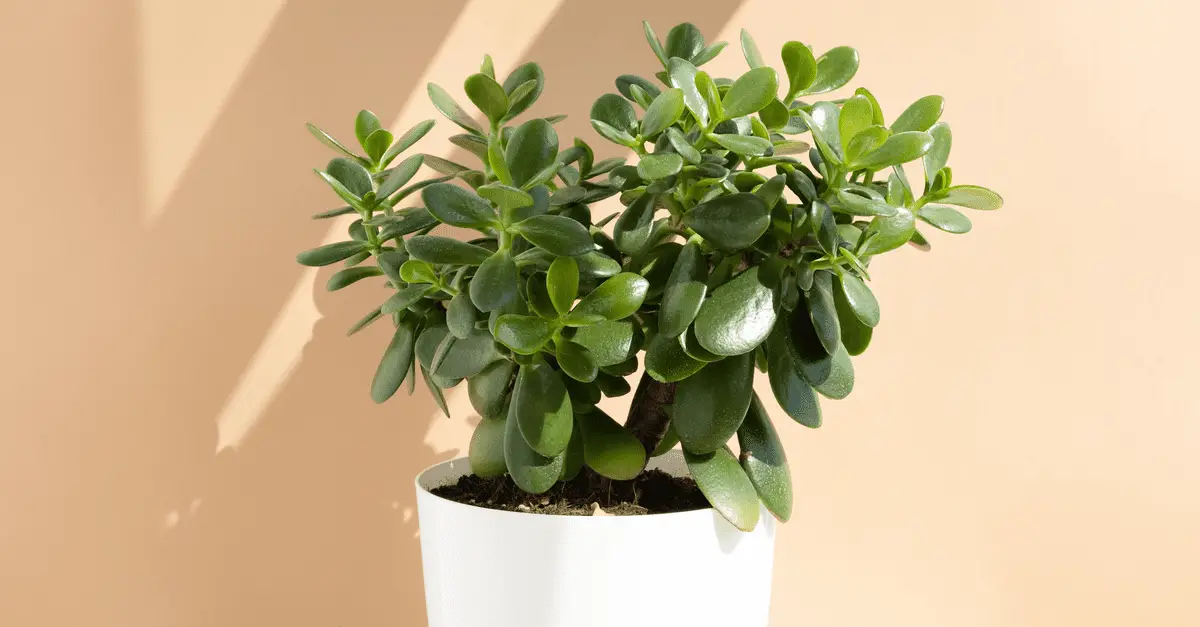
Somewhat similar to the molded wax agave, the jade plant is another popular succulent with a beautiful geometry and green leaves with purplish edges.
It is native to South Africa. Yet, it is often associated with the Asian culture, where it is seen as an emblem of good luck and prosperity.
The main challenge jade plant parents face is preventing their plants from getting leggy. To keep it compact and beautiful, make sure it gets at least four hours of full sunlight each day. Thus, a south-facing window is ideal.
Top tip: Jade plant offsets can create impactful visual appeal when planted in small terracotta pots and kept on a shelf in a bright spot.
5. Hibiscus
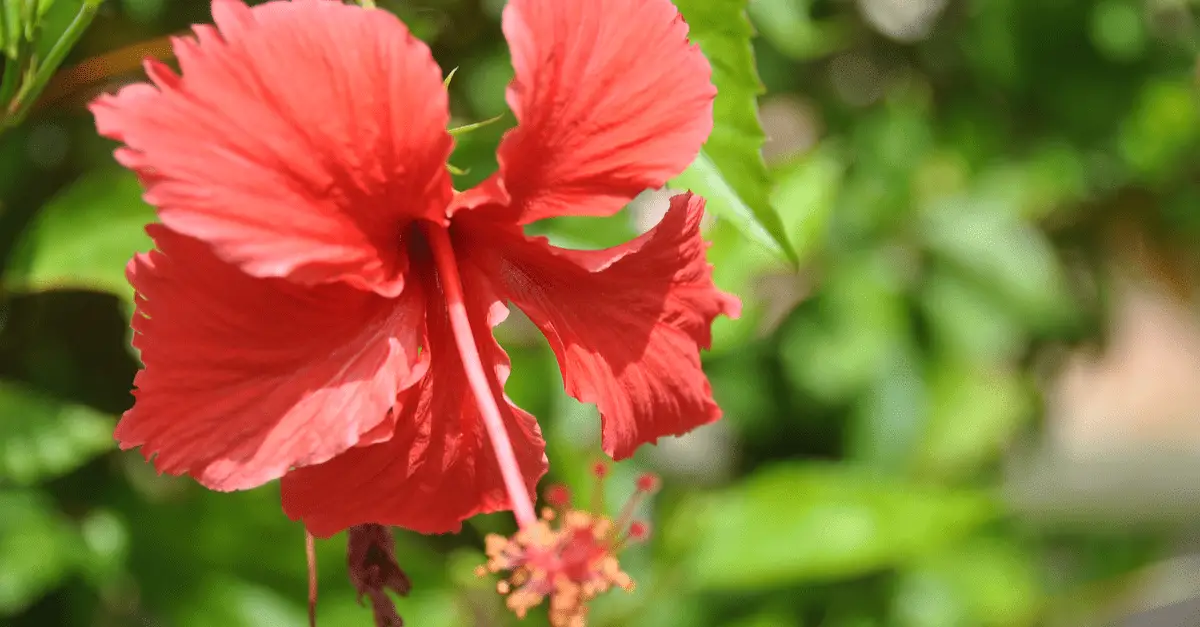
Succulents are nice and all, but what indoor plant likes full sun and can embellish your home with delicate blossoms? There are several choices, but one of the most beautiful is the hibiscus.
Not only does the hibiscus like direct sunlight, but the rays of the sun promote blooming. The pink, red, orange or white flowers are elegant and delicate, and they look amazing in arrangements with monstera.
To keep your hibiscus in tip-top conditions, plant it in potassium-rich soil and fertilize it regularly. Unlike succulents, hibiscus needs a lot of water, but the soil should never get soggy.
Top tip: If your hibiscus blooms, harvest the blossoms before they wither and dry the petals in the sun. You can use them to brew delicious hibiscus tea (or enhance the flavor of fruit infusions). In the Pacific Islands, these edible flowers are also used in salads.
6. Papyrus

Also called Nile grass, papyrus is one of the most beautiful aquatic flowering plants you can keep in your home. Native to Africa, it loves bright, humid spots.
The key to keeping your indoor papyrus happy is providing constant moisture. If you don’t want to water it daily, set the pot in a shallow dish filled with water, and change the water weekly.
This beautiful plant is also perfect for growing in aquatic terrariums or directly in an aquarium, as long as it gets sufficient sunlight.
Top tip: Papyrus is more demanding compared to succulents and doesn’t tolerate shade or temperature fluctuations too well. Avoid moving the pot from its spot and keep the room temperature above 60°F at all times.
7. Sago Palm
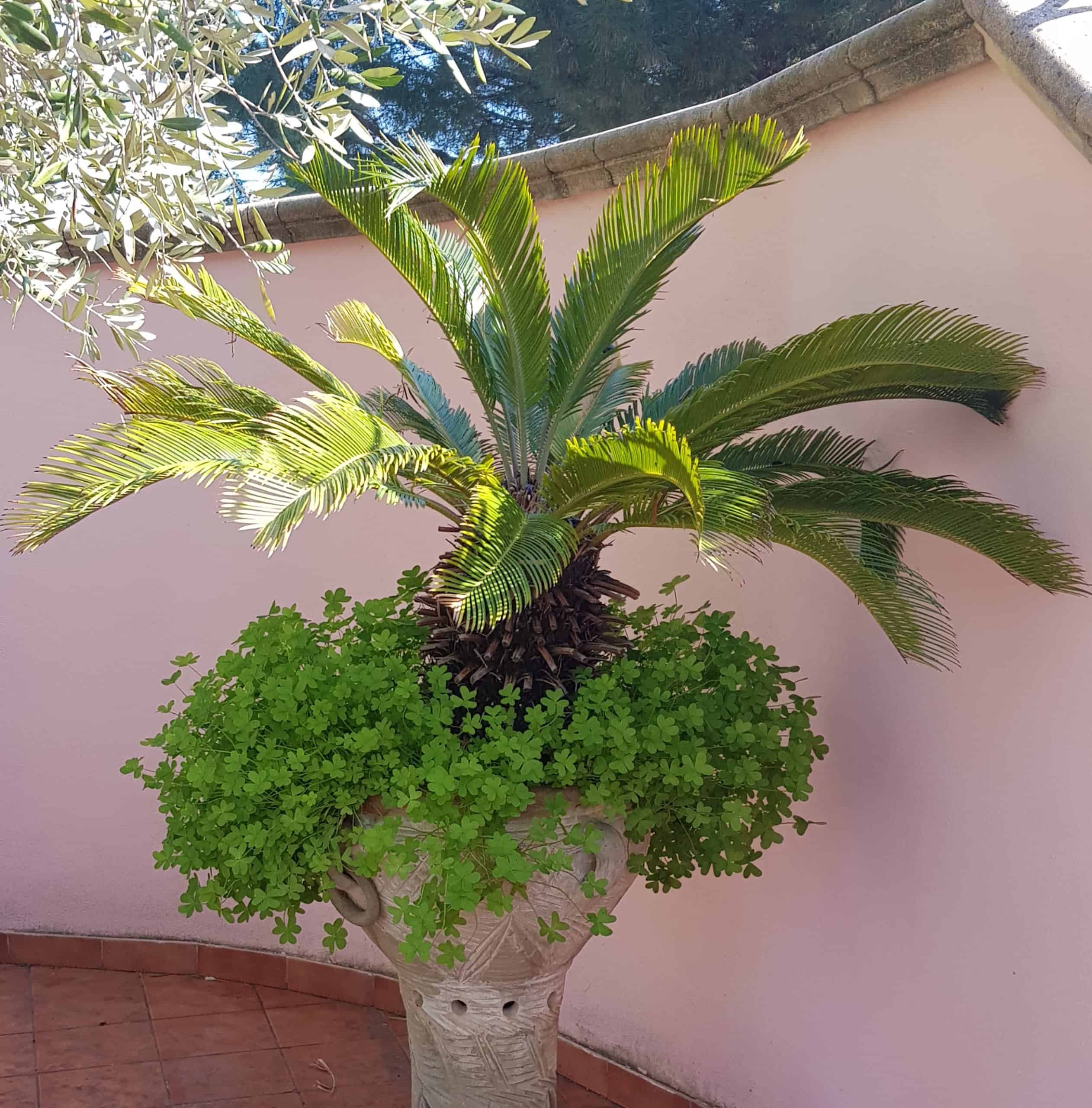
Are you looking for the perfect plant for an indoor tropical garden? Sago palm could fit the bill. Part of the cycad family, it looks like a miniature palm tree and fits perfectly into modern decorating schemes.
Like most tropical plants, sago palm likes filtered sunlight. You can still place it near a south-facing window, as long as you filter the light with a sheer curtain. Otherwise, opt for an east or west orientation.
Caring for sago palm is as easy as it gets. This plant is drought-tolerant and requires little to no maintenance.
All it needs is unchlorinated water once in a while when the soil is dry. Feed with fertilizer three times a year, in April, June, and August.
Top tip: Sago palm is very poisonous, so you should keep it out of the reach of young kids and pets that might taste it.
8. String of Pearls
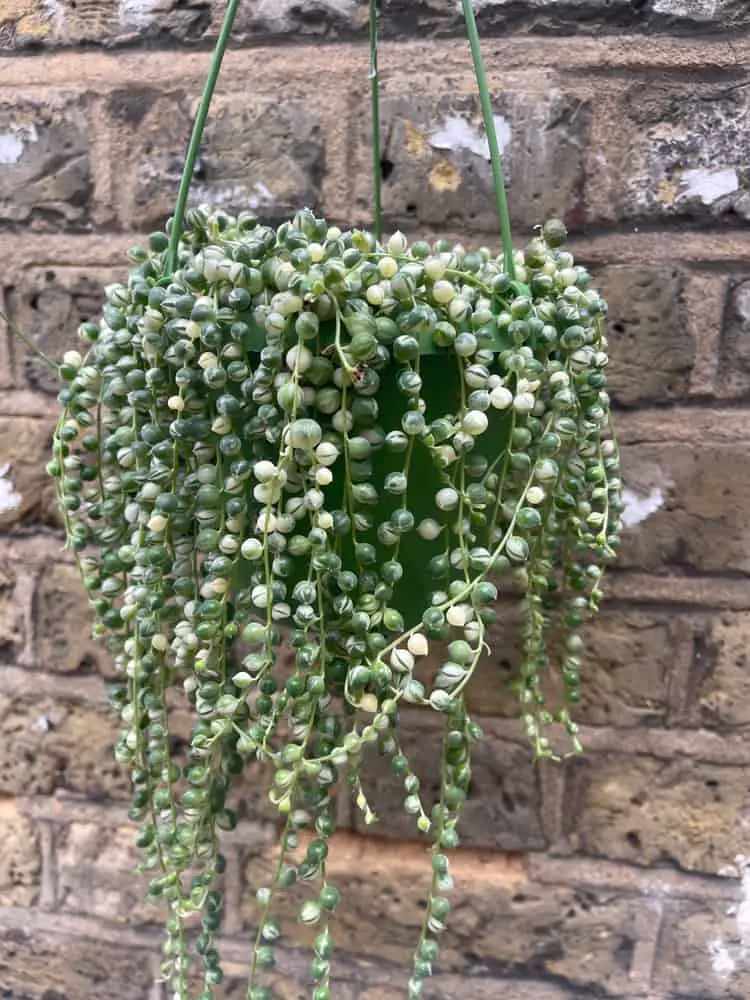
Native to the dry areas of southeast Africa, the string of pearls is known for its orb-shaped leaves growing on thin, long vines. It is one of the best plants to keep in the sun if you like suspended arrangements.
This gorgeous succulent thrives in a combination of direct and indirect sunlight. It prefers morning sun exposure; thus, it is a perfect choice to hang near an east-facing window.
Similar to sago palm, this succulent is poisonous. However, it is easy to keep away from the reach of pets and children by placing it on a tall shelf or in a hanging basket.
Top tip: String of pearls is very easy to propagate from cuttings. Until they grow roots, the cuttings can embellish a side table or console if you keep them in a stylish water vase.
9. Ponytail Palm
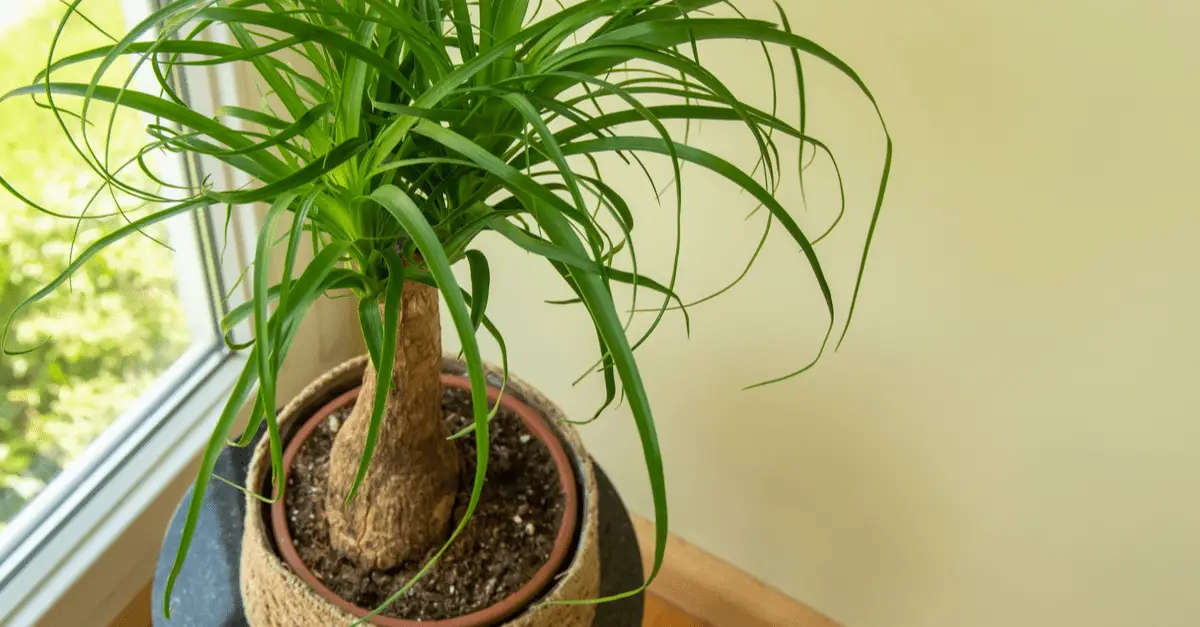
Like sago palm, the ponytail palm is not closely related to true palms. In fact, the plant is a succulent native to Mexico. And like all succulents, it loves sunshine and requires little attention from its owners.
One of the best bright direct light plants for tropical garden arrangements, ponytail palm, can be the tree in your miniature oasis.
Plant it in a large pot surrounded by a variety of cacti and molded wax agave to create a green focal point.
All these species thrive in well-draining cacti soil and only require watering when the potting medium is dry.
Top tip: In a minimalist interior, you can plant a ponytail palm in a white ceramic pot and cover the soil with white sand. The effect is stunning, and your plant will fit right into your contemporary décor.
10. Gardenia

Wondering what houseplants need direct sunlight and make beautiful flowers that smell good, apart from the hibiscus? One of the most popular choices is gardenia.
Native to South-East Asia, this evergreen flowering plant can grow up to ten feet in height when kept in the garden.
Indoors, the plant can get three to four feet tall. Similar to hibiscus, gardenia needs a lot of water, but it doesn’t tolerate excessive moisture.
It doesn’t like excessive heat or cold either, preferring daytime temperatures between 75°F and 82°F.
Top tip: Similar to hibiscus, gardenia produces edible flowers. However, the plant is mildly toxic to pets.
11. Barrel Cactus

Resembling a sewing pincushion, the barrel cactus is one of the most common cacti types you can find in nurseries.
Endemic to east-central Mexico, it not only loves sunlight. Like other cacti species, barrel cactus needs direct sun throughout the spring and summer to trigger blooming.
The delicate flowers look like colorful daisies and form a beautiful crown on top of the plant. Colors can vary from pale yellow to bright red or purple.
Top tip: Plant the barrel cactus in a tree root or another unique container, together with other types of cacti, to create an original tropical corner.
12. Desert Rose
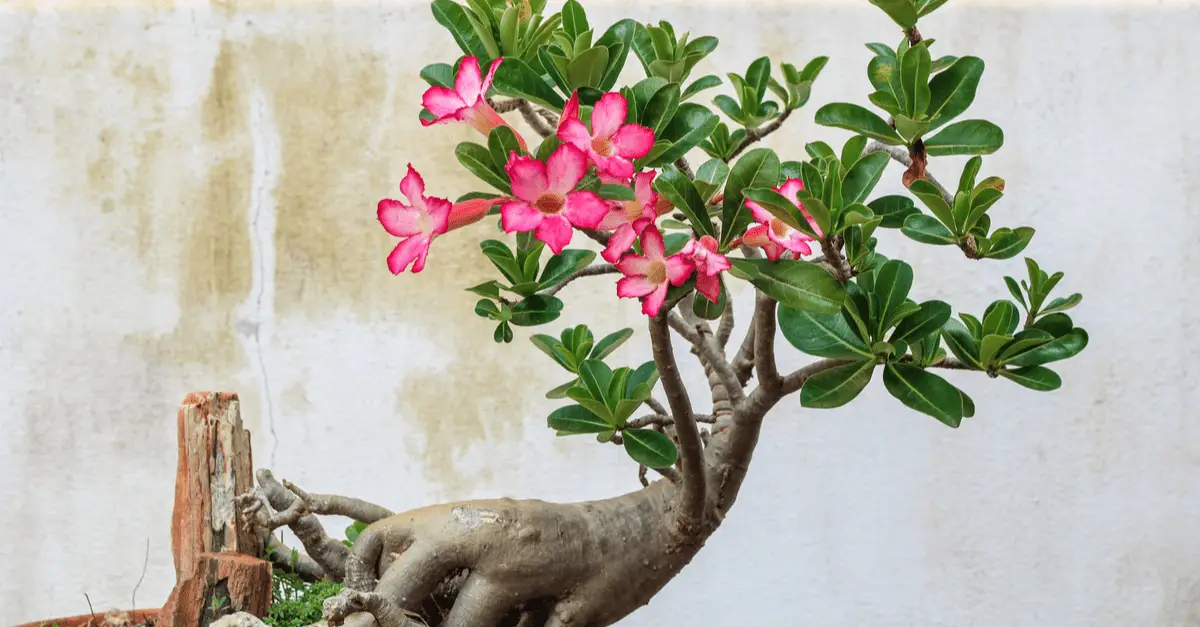
Do you crave large indoor plants that like direct sunlight? Give desert rose a chance.
This drought-deciduous succulent shrub is often grown in gardens, but it can become a rewarding houseplant if kept in direct sunlight and temperatures between 65°F and 90°F.
Opt for a large pot with ample space for the roots to grow, and only water it when the soil dries out completely.
Top tip: Nourish your indoor desert rose with a liquid fertilizer diluted to half-strength once a week throughout spring and summer to encourage blooming.
13. Croton
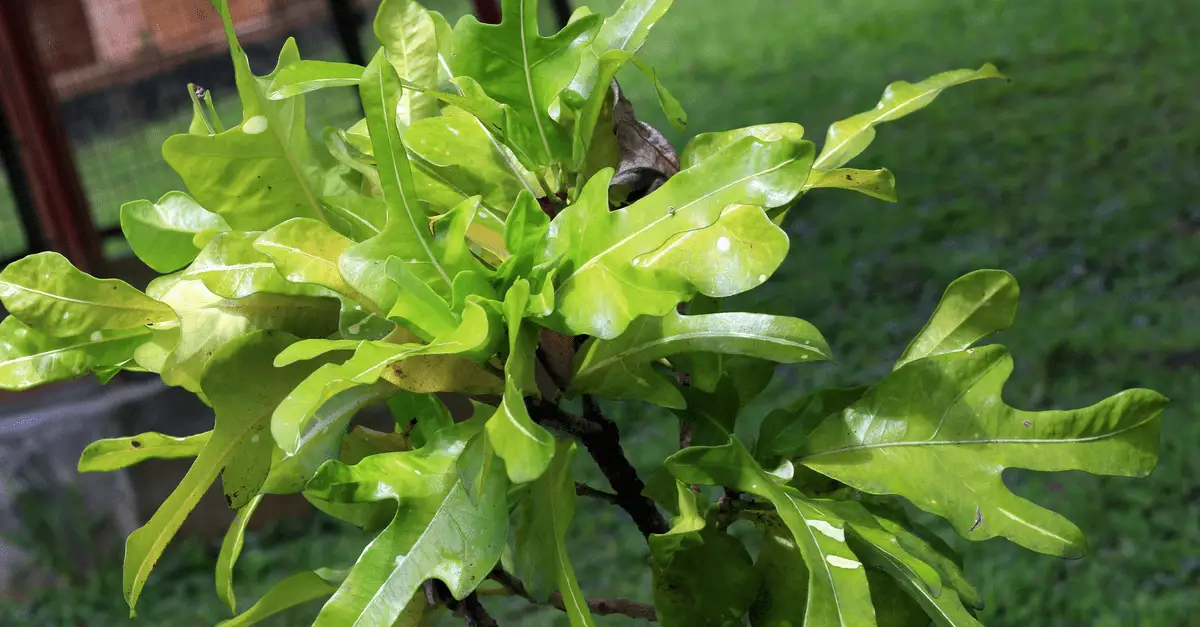
Croton is one of the few non-succulent houseplants that thrive in full sun. Not only does it like bright spots, but it needs minimal care, and its colorful leaves can decorate your home all year long.
There are several croton varieties you can choose from, with leaf colors varying from bright yellow and green to red or purple.
The amount of light the plant receives correlates with the intensity of its hue. For the best results, locate it in a bright room where it can get at least four to six hours of full sun each day.
Top tip: Croton is one of the few houseplants that like both direct sun and high humidity. Place an air humidifier near it to keep the air moist, but only water it when the surface soil feels dry.
14. Dwarf Umbrella Tree

Looking like a miniature version of the umbrella tree, the dwarf umbrella tree is native to Asia and makes for a gorgeous addition to your indoor garden.
The tree loves sunlight and looks spectacular in rooms with bay windows. While not succulent, it has waxy leaves that store moisture.
Similar to succulents, the tree doesn’t like excessive moisture. Plant it in a mix of peat and moss potting medium and water it when the surface soil feels dry.
The tree doesn’t usually bloom indoors, but if you’re lucky, it could reward you with delicate pink or white blossoms.
Top tip: The dwarf umbrella tree can be pruned regularly and turned into a beautiful bonsai. This plant rebounds quickly from pruning, and it will look fuller.
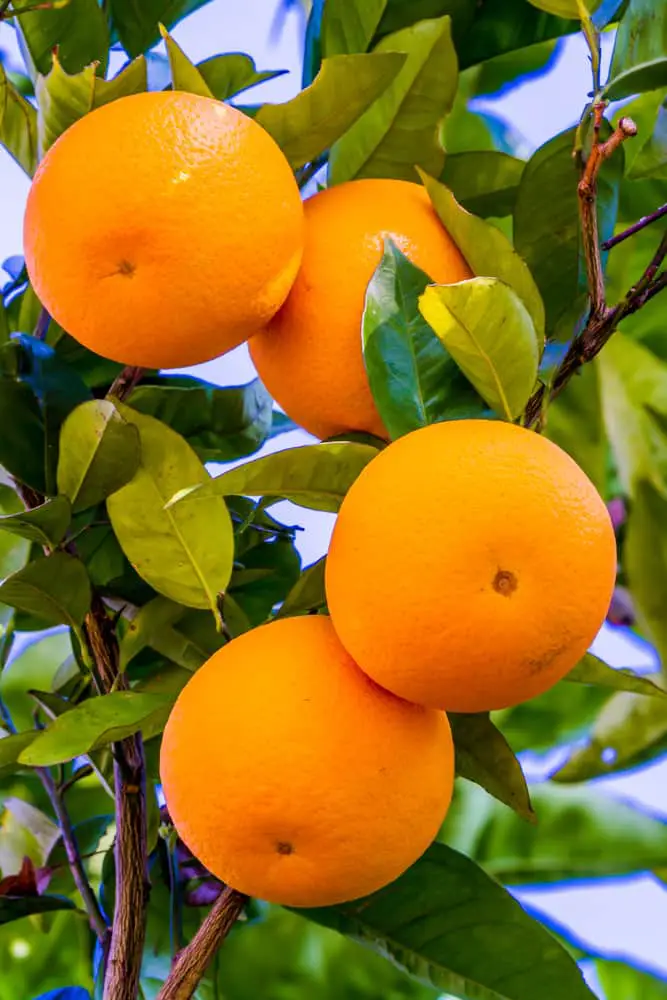
Characterized by glossy green leaves, white flowers, and bright orange fruits, the dwarf Washington navel orange is an uplifting houseplant with a Mediterranean flair.
Like the dwarf umbrella tree, this orange tree looks perfect in rooms with bay windows or near a balcony door. Plant it in a colorful terracotta pot and make sure it gets at least four hours of full sun each day.
In essence, a citrus tree, this dwarf orange tree thrives in moist environments. If the humidity in the room is too low, it could develop spider mites.
Top tip: The dwarf Washington navel orange is only one type of dwarf citrus tree you can grow indoors. Lemon, lime, and mandarin trees also thrive as houseplants. All of them have edible fruits.
16. Bird of Paradise
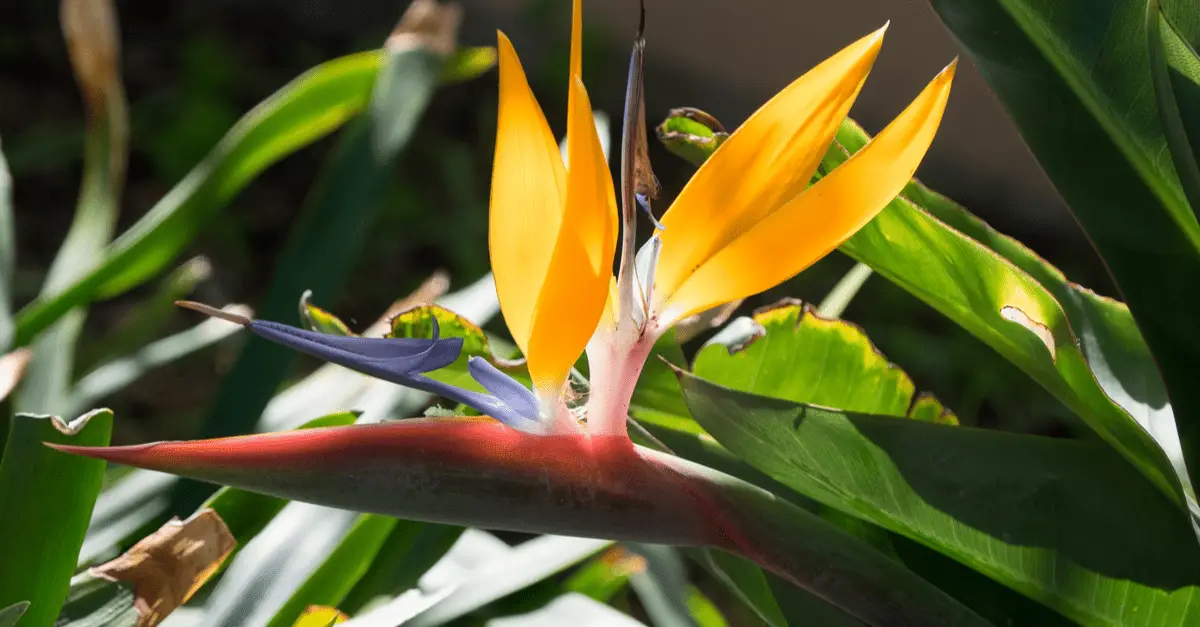
The bird of paradise is a dramatic houseplant characterized by its unique blossoms that look like tropical birds flying towards the sky.
It is an excellent choice for anyone looking for a statement plant to keep on a sunny windowsill or on a side table located in a bright, sunny spot.
In addition to the sun, the bird of paradise needs a well-draining potting mix that is slightly acidic or neutral (a pH between 5.5 and 7.5).
Top tip: This houseplant is adaptable and can thrive in lower-light conditions. However, it is unlikely to bloom unless it gets plenty of sunshine. For a statement arrangement, plant it in a large planter together with other tropical plants that like direct sunlight.
17. Sweet Basil
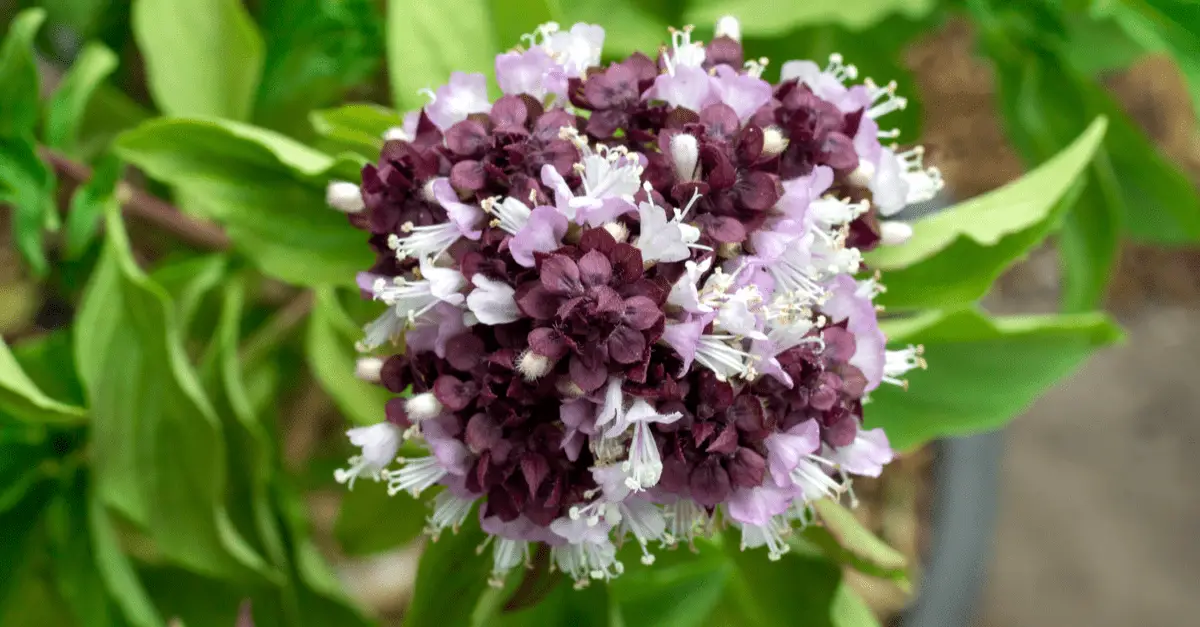
If you’re looking for sun-loving houseplants that can give you more than beauty, sweet basil could be perfect for you.
Whether you decide to decorate your home office or living room with it, or keep it in the kitchen as part of your indoor herb garden, rest assured you’ll get both aesthetic appeal and tasty leaves from it.
Basil leaves aside, the plant also produces delicate flowers that can vary in color from white to dark purple.
An annual herb in the mint family, sweet basil, needs six to eight hours of sunlight each day and plenty of water. Alongside basil, many other herbs thrive in full sun, including chives, cilantro, and parsley.
Top tip: If possible, keep sweet basil on a sunny windowsill and leave the window open during the day. The fresh air and warm sun will help your plant grow stronger and bushier while encouraging blooming.
18. Geranium
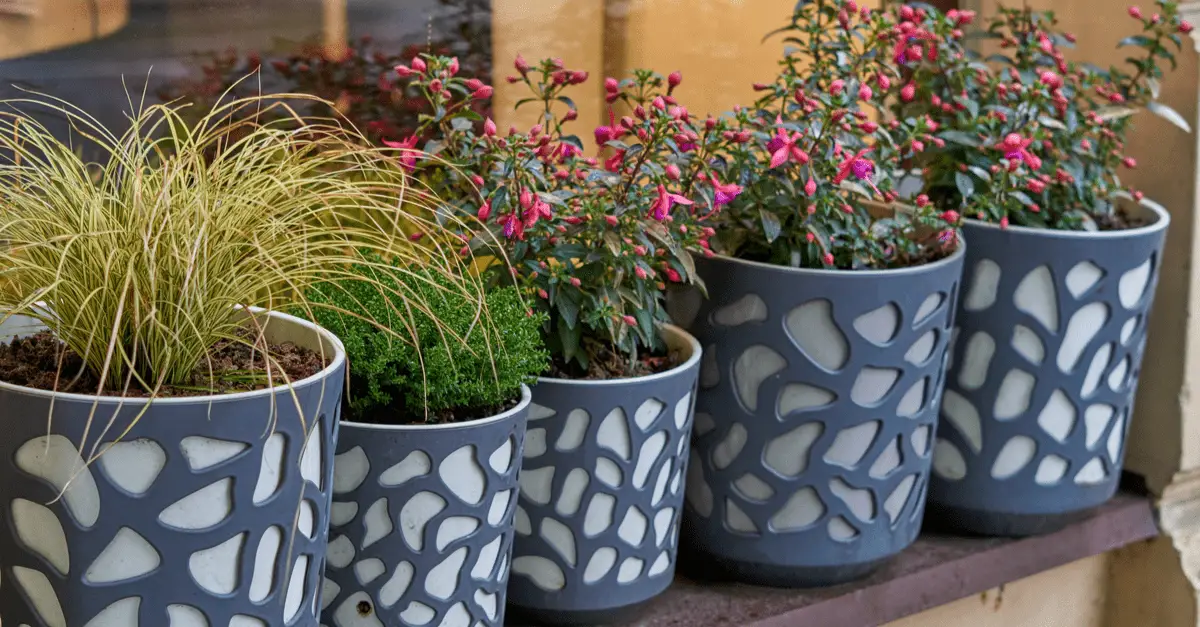
Geraniums are some of the most popular houseplants, thanks to their gorgeous flowers and easy care. You can pick from numerous varieties, including cascading geraniums that can fill hanging baskets or overflow from a windowsill.
No matter what variety you like, all geraniums thrive in sunlight and are undemanding. Just let the soil dry between waterings and ensure the plant gets at least four hours of direct sunlight each day.
While geraniums kept outdoors can wither in winter, indoor geraniums can thrive and bloom all year long if you keep them in warm temperatures.
To create a unique, Mediterranean-inspired focal point, plant two or more geraniums of different colors in a large terracotta planter.
Top tip: You can prevent geraniums from getting leggy and promote bushiness by pinching back the stems. Remove withered flowers regularly to encourage new blooming.
